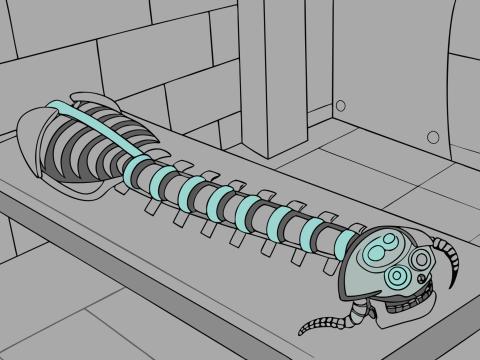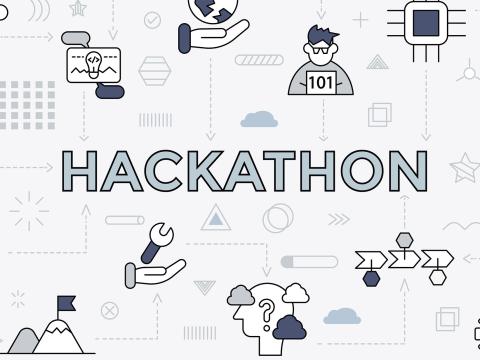On Point: Q&A With Garrett Yee
You’ve indicated that zero trust (ZT) plays an “increasingly critical role.” Why “increasingly”?
Information is key to decision-making, and speed to decision is critical. We need to accelerate decision-making without compromising data quality. Our adversaries know this and are advancing tactics to disrupt our decision chain. As cybersecurity threats become increasingly sophisticated and data-focused, how we protect our data must meet evolving threats. As we focus more on data’s mission value, the data-centric nature of ZT becomes more critical in mission success.
Will we see a ZT 2.0?
Rather than a major leap forward, we are likely to see ZT maturity models based on threats and budgets. For large organizations with complex data environments, attaining a high ZT posture for all data may not be immediately affordable or desirable. If you can’t secure it all, you must secure what you can and, over time, increase the security posture. Prioritizing the data you secure may be informed by value to the mission, known threats, known vulnerabilities and budgets.
What are some tactical-edge ZT innovations?
At the tactical edge, systems need to work at the speed of the mission. Period. Warfighters need to balance usability in the field with ZT capabilities to secure mission data. Recent exercises in the Indo-Pacific, such as Talisman Sabre in Australia and Yama Sakura in Japan, offer excellent examples. We built advanced ZT capabilities designed for a denied, disrupted, intermittent and limited environment on a foundation of identity, credential and access management. I expect more advancements in dynamically sharing mission-relevant information with coalition and joint teammates in theater.
By delivering a mission partner environment-like capability through ZT at the tactical edge, our military is more effective and efficient.
How does an artificial intelligence (AI)-empowered enterprise affect today’s mission set?
AI empowerment provides warfighters a critical decision advantage by maximizing available information resources on the battlefield. The Defense Department is making great strides in integrating AI into key programs, such as the Army’s XM-30 weapons system. But achieving maximum AI-empowerment requires investments and collaboration from both industry and government.
How can we better support the last tactical mile?
By changing how we think. We need to think tactical first. When we adopt, buy or build an application, we need to ensure it works in the tactical world. The Army typically built separate tactical and enterprise networks. Trying to connect the two is clunky. The Army’s concept of the Unified Network attempts to address this disconnect between tactical and enterprise networks. It’s the right idea. Think of the early stages of the smartphone—we tried to make enterprise applications work on mobile devices. You had to pinch out the screen to navigate. It was clunky. We now think “mobile,” building applications that work on mobile devices. For our military to move forward, we need to think “tactical.”
How did GDIT decide where the Emerge Innovation Center should invest?
The technologies that we invested in—AI, cyber, 5G, cloud, software factory and quantum—are defined by the mission. We met with different customers and discussed the threat environment, mission demands and the dynamic cyber threats. Government mandates such as the recent AI Executive Order also force technology requirements to evolve in unprecedented ways. We look to the customer, our knowledge of the customer’s environment and the budget trends.
Since opening the Emerge Innovation Center, we have brought in customers to validate that the technology areas we have invested in continue to be valid and relevant and inform our future investments.
Questions and answers have been edited for clarity and concision.





Comments